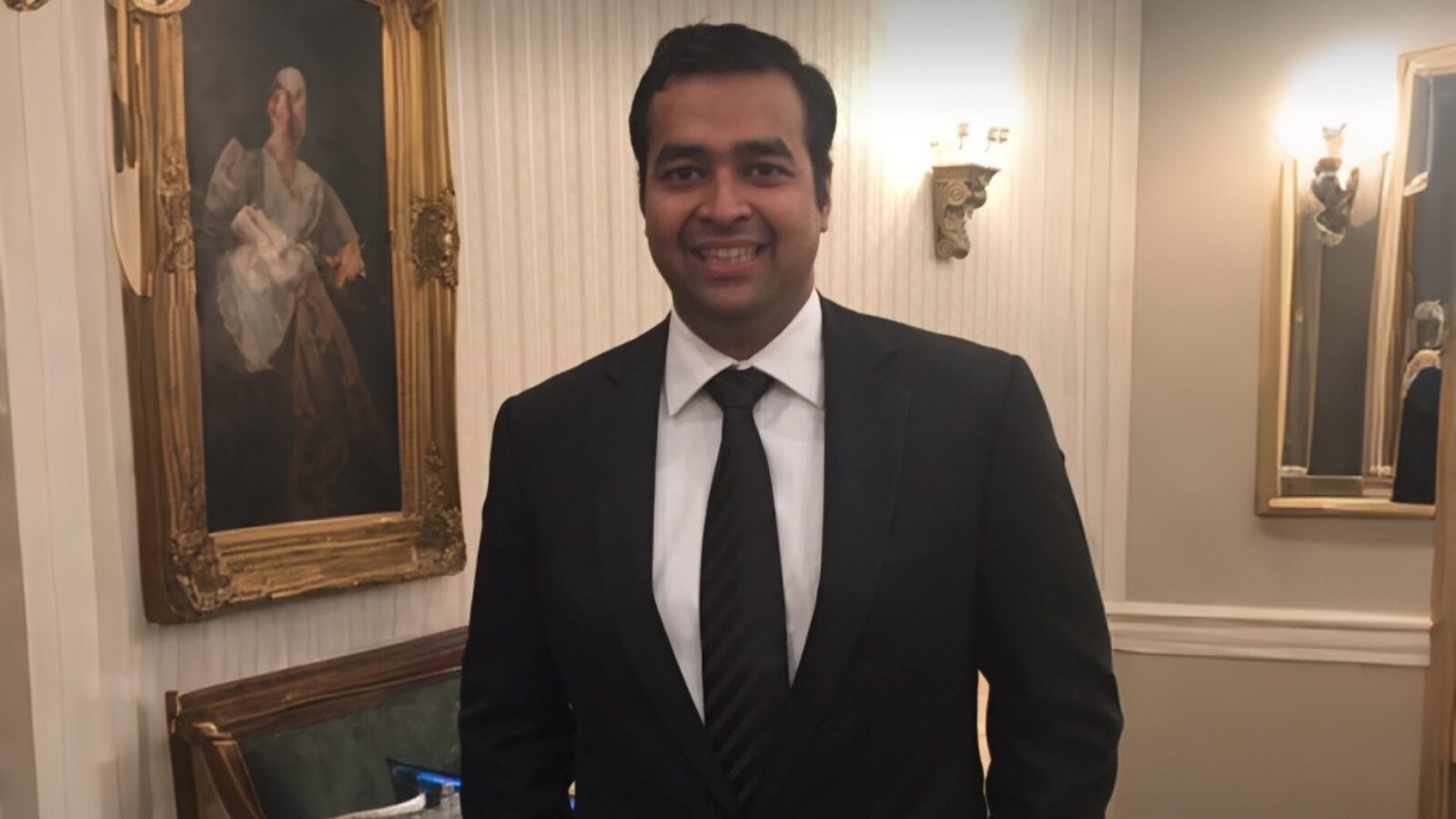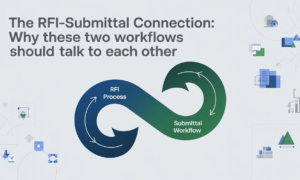Digital transformation shapes financial services worldwide, with technological advancements creating new possibilities for banking operations. Vinay Agarwal, Director at a major international bank in New York City, brings practical insights from his 15-year career across multiple countries and institutions. His experience managing multi-billion dollar balance sheets and his education from the State University of New York at Buffalo offers valuable perspectives on technology’s role in modern banking.
Modern Banking Operations Through Technology
Advanced software systems have transformed daily banking transactions and customer service delivery. Banks now process millions of transactions instantly through automated verification systems, maintaining both speed and security. This technological progress has reduced processing times from days to minutes, creating measurable benefits for banks and their customers.
“The banking industry has undergone a fundamental shift in how we process transactions,” says Agarwal. “What used to take days now happens in milliseconds, and this efficiency directly benefits both institutions and their customers.”
Financial institutions also now use cloud computing solutions for efficient data management. These systems enable banks to adjust their operations based on demand while delivering consistent performance across services. The cloud-based infrastructure strengthens security measures and provides robust disaster recovery options.
Current banking platforms, on the other hand, use machine learning (ML) algorithms for real-time detection of fraudulent activities and unusual patterns. These systems evaluate thousands of transactions each second, identifying potential issues immediately. This immediate monitoring reduces fraud-related losses and builds customer confidence. Agarwal’s work in the internal compliance team has contributed greatly to detecting patterns that are used by these machine learning models.
Digital Tools Transform Financial Management
Analytics tools have revolutionized internal financial processes and reporting requirements. These systems generate comprehensive financial reports automatically, minimizing manual work and errors while delivering instant insights into bank performance metrics. This supports quick, data-driven decision-making.
Modern treasury management systems dynamically optimize cash flow and liquidity positions. By continuously monitoring market conditions and modifying investment strategies, these platforms maximize returns while maintaining required reserve levels.
Real-time data sharing has improved team collaboration, leading to faster problem resolution and enhanced operational efficiency. “When teams can share information instantly across departments or even continents, we see dramatic improvements in problem-solving speed and operational efficiency,” Agarwal notes. “This ultimately translates to better service for our customers.”
Technology-Driven Regulatory Compliance
Modern compliance systems employ artificial intelligence (AI) to automatically monitor transactions and detect regulatory issues. These systems analyze data against current regulations, highlighting discrepancies for review. The automation improves accuracy while reducing compliance-related workload.
Banks utilize specialized reporting tools that generate regulatory documents automatically. These systems collect data from multiple sources, format it to meet regulatory specifications, and produce accurate reports on schedule. Digital systems also create comprehensive audit trails for every transaction and system modification, which helps banks prove compliance during regulatory examinations and internal audits.
Banking Technology’s Next Phase
Open banking and APIs create opportunities for financial institutions to connect their services with external platforms. Banks develop secure interfaces that allow third-party applications to access financial data safely. These connections expand financial service delivery options.
Mobile banking capabilities continue to grow, with new features regularly added. Banks develop sophisticated mobile applications that provide comprehensive banking services through smartphones. AI and ML also play crucial roles in future banking operations, as they are technologies that help predict customer needs, strengthen fraud detection, and automate complex processes.
“The future of banking will be defined by connectivity and intelligence,” Agarwal predicts. “From open banking initiatives to blockchain applications, we’re moving toward a more interconnected financial ecosystem that promises faster, more secure, and cost-effective services for everyone involved.”
Blockchain technology testing continues for various banking applications, from international transfers to contract verification. These developments point toward faster, more secure, and cost-effective banking services—showing promise for cross-border transactions and fee reduction.



































